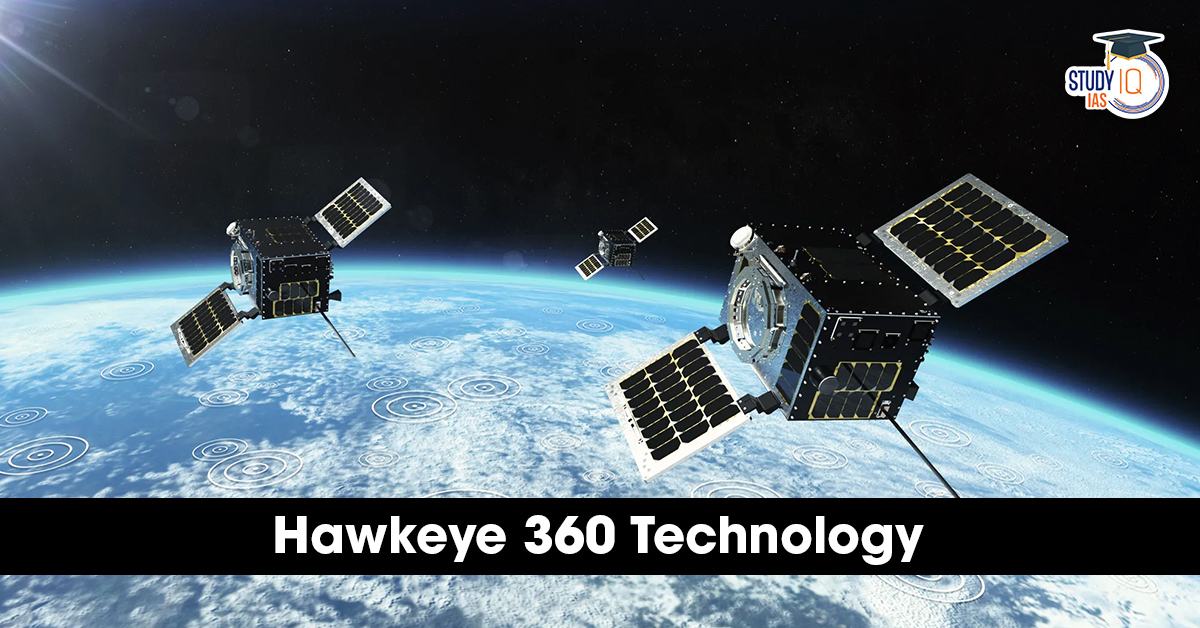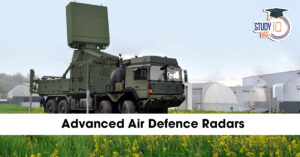Table of Contents
Context: The United States has approved the sale of HawkEye 360 technology to India.
What is Hawkeye 360 Technology?
- Hawkeye 360 Technology operates a constellation of satellites in Low Earth Orbit (LEO) designed to detect, geolocate, and analyse Radio Frequency (RF) signals.
- This allows users to:
- Detect vessels even when they turn off AIS (Automatic Identification System) transponders (“go dark”),
- Monitor RF activity in remote or contested areas,
- Support military intelligence, maritime security, and spectrum monitoring.
Impact of HawkEye 360 on India
- Enhanced Maritime Domain Awareness (MDA): India will be better equipped to monitor its vast coastline and maritime interests, especially in the Indian Ocean Region (IOR).
- Detection of ‘Dark Ships’: Ships that disable AIS to evade detection — often used in illegal fishing, smuggling, or unauthorized surveillance — can now be tracked via their RF emissions.
- Surveillance of the Exclusive Economic Zone (EEZ): The technology strengthens India’s ability to safeguard its EEZ, ensuring better enforcement of sovereignty and resource rights.
- Support to Naval and Coast Guard Operations: Real-time and historical RF data enhances mission planning, threat detection, and situational awareness.
- Indigenous Capability Building: With training and software support included, India can integrate this tech with existing platforms like P8i aircraft, improving multi-source data fusion.
Difference Between Hawkeye 360 Technology & RADAR System
| Feature / Aspect | RADAR System | HawkEye 360 |
| Technology Base | Active detection using radio wave reflections | Passive detection using radio frequency (RF) emissions |
| Type of System | Active — emits signals and detects reflections | Passive — listens for and locates existing RF signals. |
| Hawkeye Technology in Sports | ||||||||||||
Key Uses in Major Sports
|


 Advanced Air Defence Radars: Types, Comp...
Advanced Air Defence Radars: Types, Comp...
 Ion Chromatography, Working and Applicat...
Ion Chromatography, Working and Applicat...
 Broadly Neutralising Antibodies (bNAbs):...
Broadly Neutralising Antibodies (bNAbs):...

























